If you’re like us, you’re always on the hunt for the best, top-of-the-line kitchen tools. Whether it’s a stoneware salt crock, fancy glass storage containers, or those super-cute juice jars you’ve been coveting forever, updating your kitchen stash is an ongoing process. Instead of shopping at your standard kitchen store, consider turning to local artisans to stock your kitchen drawers.
Enter Josh Rittenhouse of Partake Goods, who, from an early age, took a shine to woodworking, following his dad around in his workshop, helping whenever possible. In 2017, Josh’s part-time hobby shifted when he challenged himself to slow down and make a wooden spoon by hand every day. And Partake Goods was born.
Read on to find out what makes Partake Goods stand out in your kitchen.
PA Eats: Where are you from?
Josh Rittenhouse: Born and raised in Lancaster, Pa.
When was Partake Goods founded, and are you the sole owner/artist?
Partake Goods was founded in April of 2016. During 2017, my main focus was a project I called 365Partake. I carved 365 spoons during 2017 in an effort to really focus in one area of wood carving and improve my spoons. If you scroll through my Instagram feed, you can see all 365 spoons were posted. I am currently the sole owner/maker at Partake Goods.
https://www.instagram.com/p/BcyT9m2F1CX/?taken-by=partakegoods
What inspires you?
I appreciate the idea of a slow and simple life. I find it difficult to fully embrace it, so carving spoons is one way for me to slow things down and almost meditate. As 95% of the process is free of any power tools, it’s a quiet, skillful process that’s also sustainable for the environment.
The 5% that does include power tools is the chainsaw I use to process a downed tree to make my spoons. Currently, everything I’m carving is coming from storm-damaged or otherwise felled trees on my property in Conestoga.
Do you have a background in woodworking?
As a kid I’d accompany my dad in his wood shop as much as I could, learning and helping him with projects. In high school, woodworking class was a natural fit. Since then, I’ve been in my own shop as much as I can be, working on various projects for myself or others.
What does the process of spoon making look like? How do you do it?
I’m lucky enough to have all of the material I need on my own property. So, to start, I go out and cut a small piece off a downed tree. Just a log. From there, I split the log in half. Depending on the size of the log, I’ll split it in half again, and again until I have a block of wood suitable to whatever type of spoon I’m carving.
Once I’m left with a relatively rectangular cube, known as a billet, I’ll start to shape the spoon with a carving ax or hatchet. First I’ll develop the “crank.” This is the area where the bowl angles upward in relation to the handle of the spoon. This makes it more enjoyable to use, versus a totally flat spoon.
Once I have the crank where I want it, I’ll sketch the shape of the spoon. I prefer to freehand each spoon, rather than use templates. There are definitely designs that I repeat often, but each one is slightly different since they’re each freehanded.
After the spoon is sketched out, I’ll take my hatchet and remove as much material as I can, until I’m left with a roughed out spoon. Then I’ll get my knives out, and remove the rest of the waste till I’m left with the finished spoon. All of my spoons are knife-finished, meaning I don’t sand or scrape the finished spoon.
A bit of oil and beeswax, and the spoon is ready for work.
What kinds of spoons do you make? Ever thought of branching out to bowls or ladles?
Right now, I’m making coffee scoops, cooking spoons, serving spoons and eating spoons.
I’m actually building a new shop at the moment. Once the shop is finished, I’ll be building a foot powered lathe to start making bowls, plates and various drinking vessels.
Where do you sell your creations?
I have spoons for sale on my website. I’ll also be at Makers Market on June 16, and again on July 14, at Clipper Stadium in Lancaster.
What is the price range?
My current prices are $20 for eating spoons and $25 for all other spoons.
Why should someone buy a hand-carved spoon from you?
If you’re into unique handcrafted goods. If you’re looking for something special to have in your kitchen that stands out from the rest. And, if you’re into supporting a sustainable craft and local maker.
Also, gifts. They make great gifts.
How should someone care for your products?
Avoid the dishwasher, always.
Your wooden spoons will get darker; they’ll get stained, dented, scratched (that’s patina!), and they’ll still work great and look beautiful. All you need to do is hand wash in warm soapy water and let dry. If your spoons gets dry (which they will over time), you can refinish them with some oil and wax solution. Any cutting board oil would work. And soon, I’ll have my own spoon oil available in my shop.
What does the future look like for Partake Goods?
As Partake Goods grows, I’ll continue to expand the offering to include more handmade goods related to cooking and eating (and partaking). Cutting boards, bowls, cups, plates and coasters will all be available in the near future.
I’d also like to include goods from other makers in my shop in the future.
To learn more about Partake Goods, visit the company’s website and Instagram.
- Photos: Partake Goods
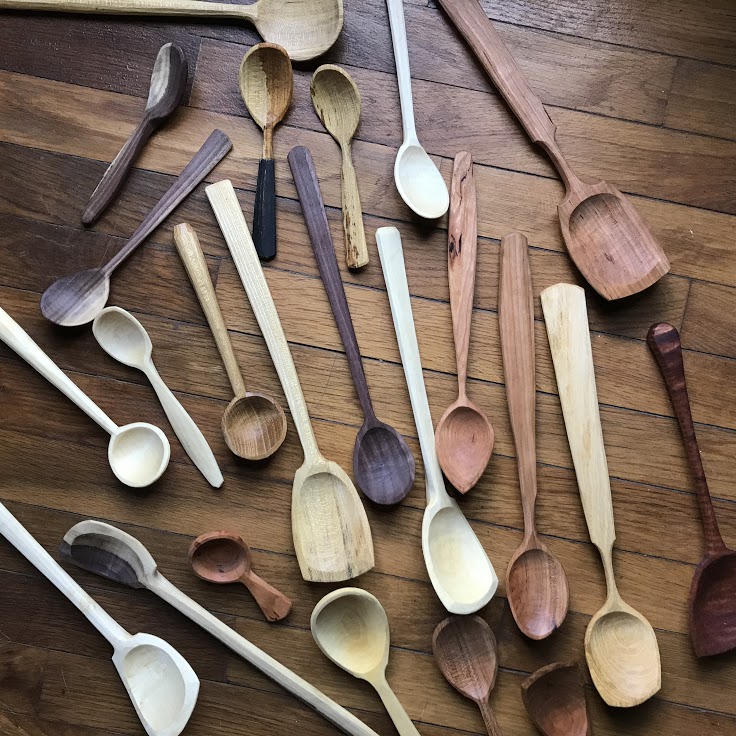
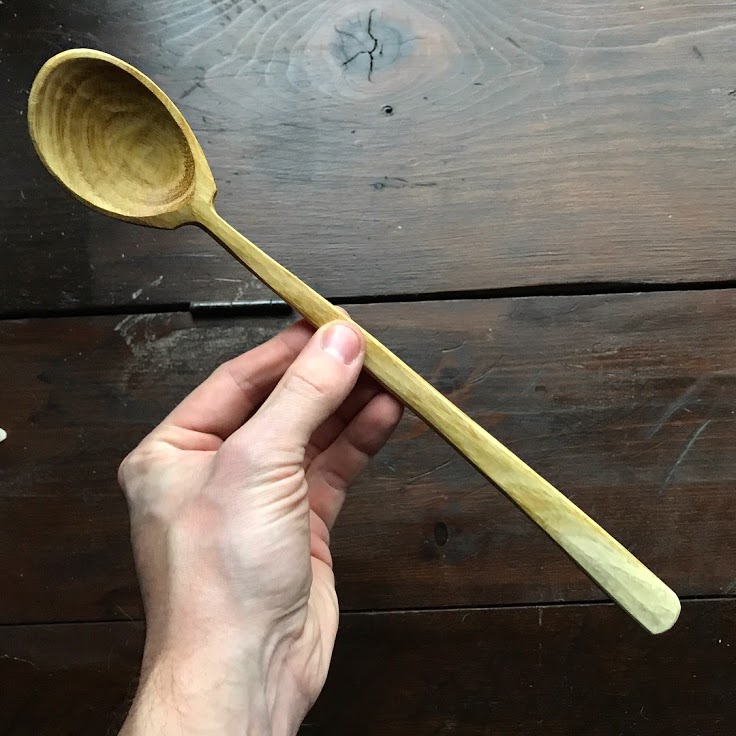
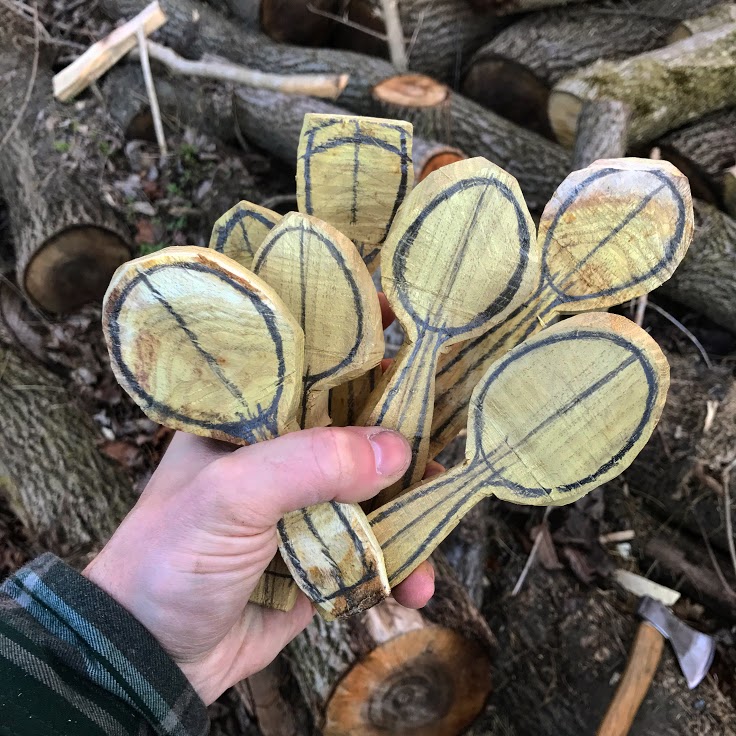
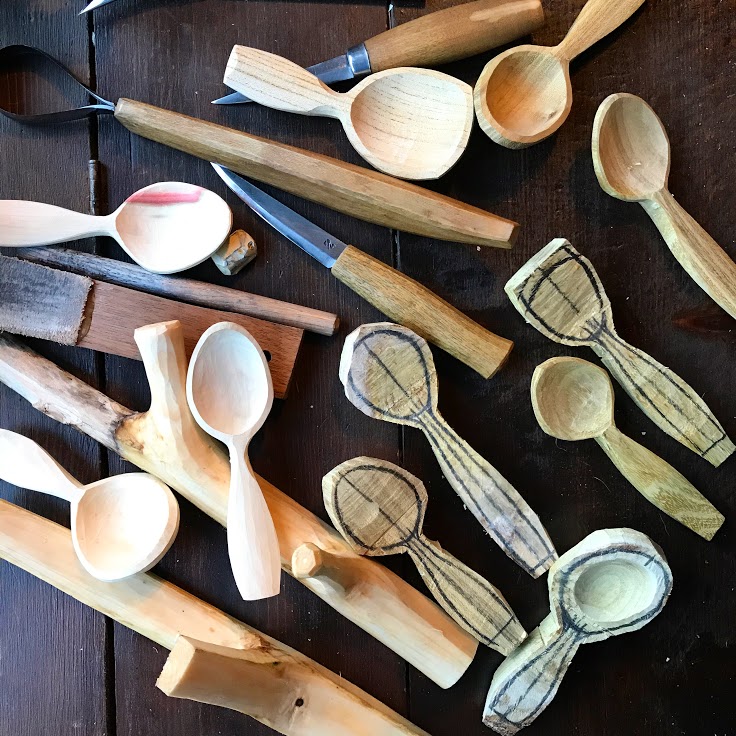
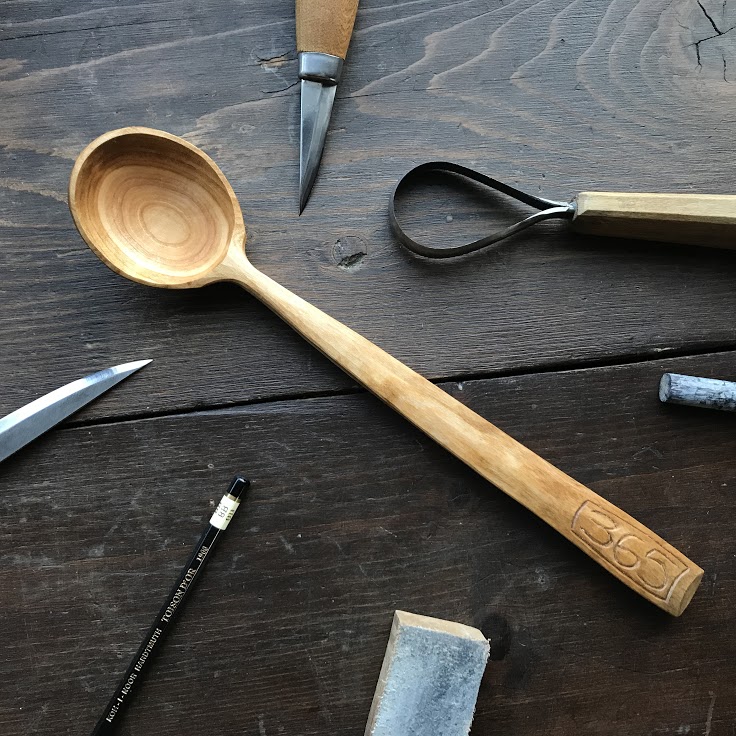
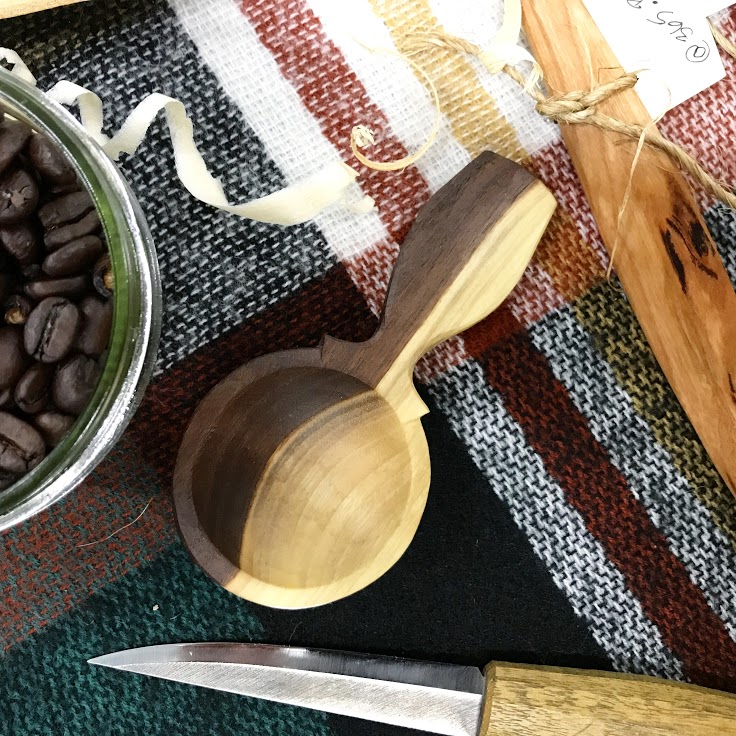
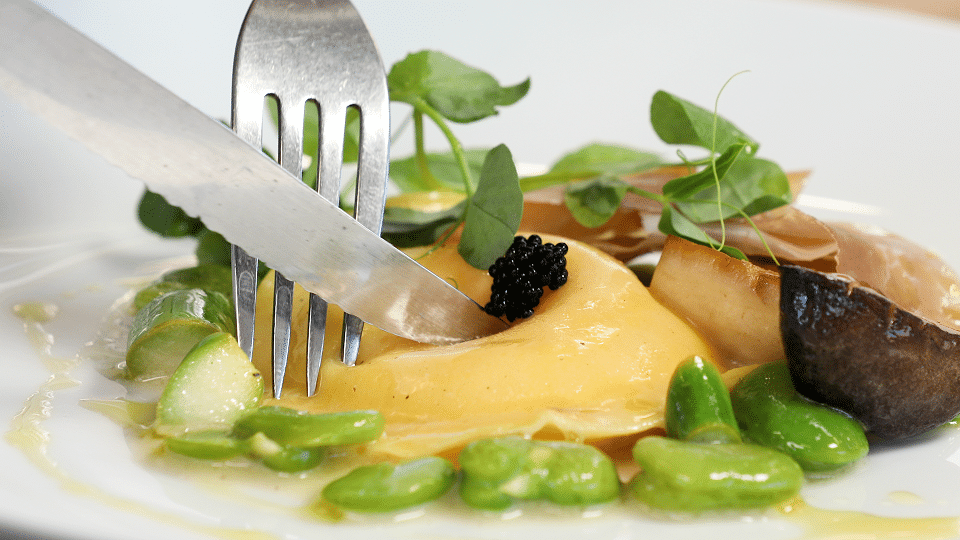
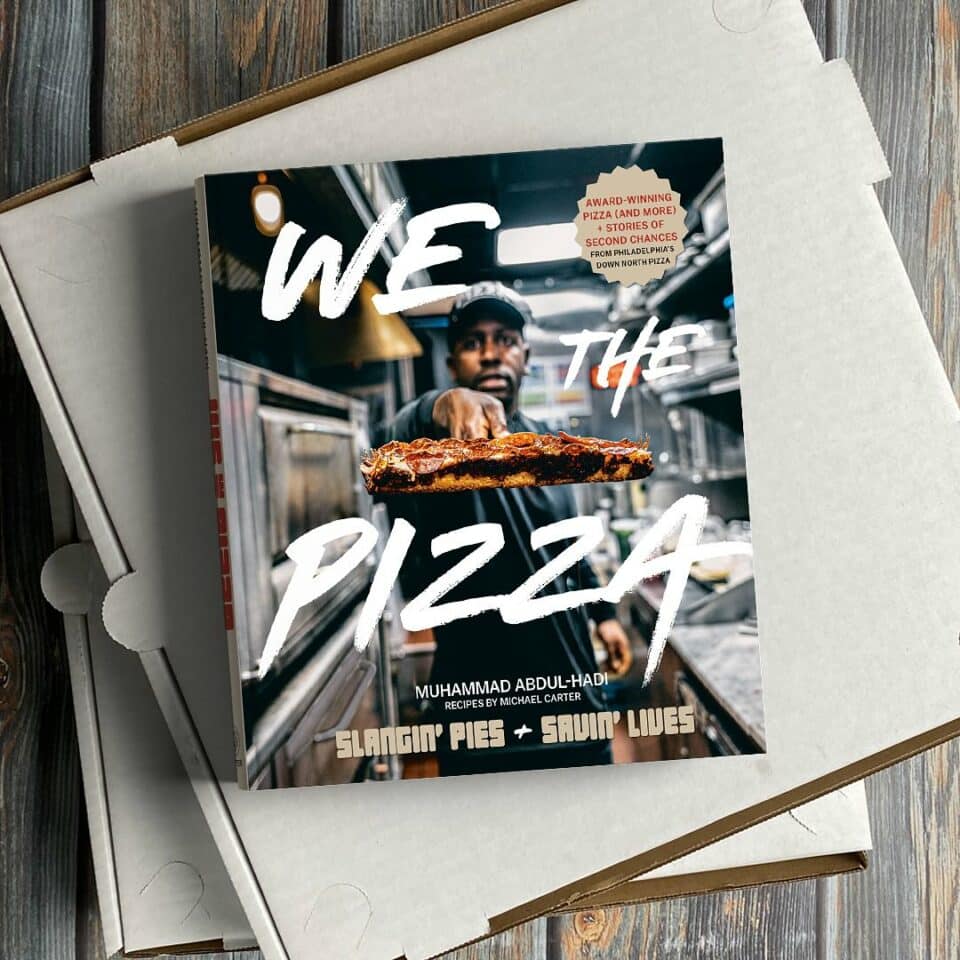
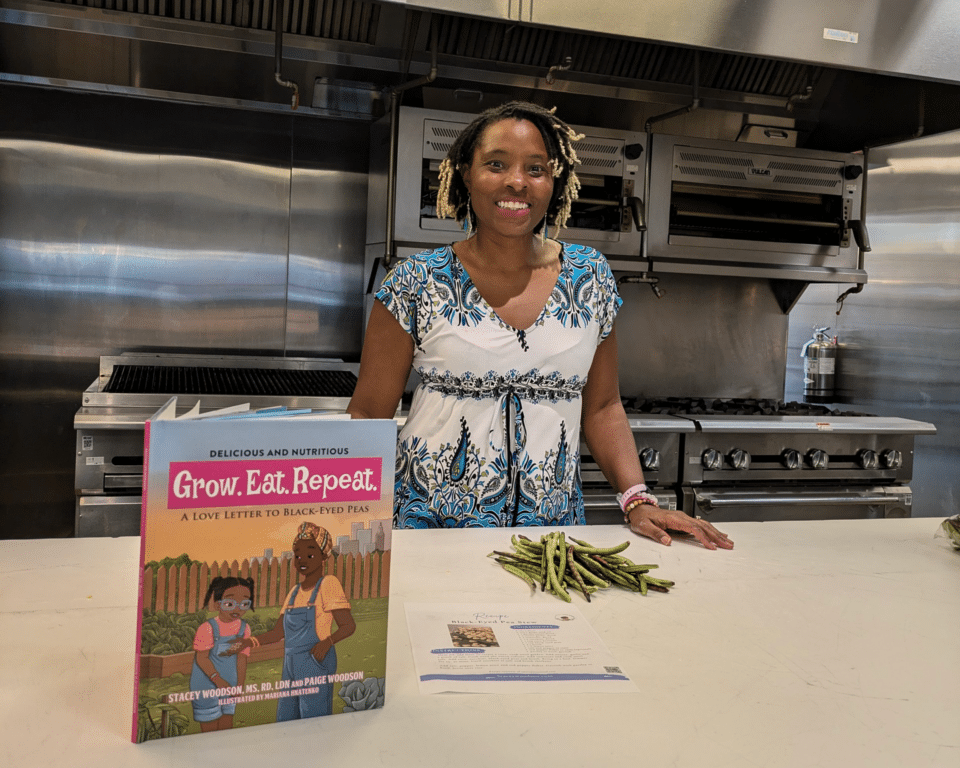
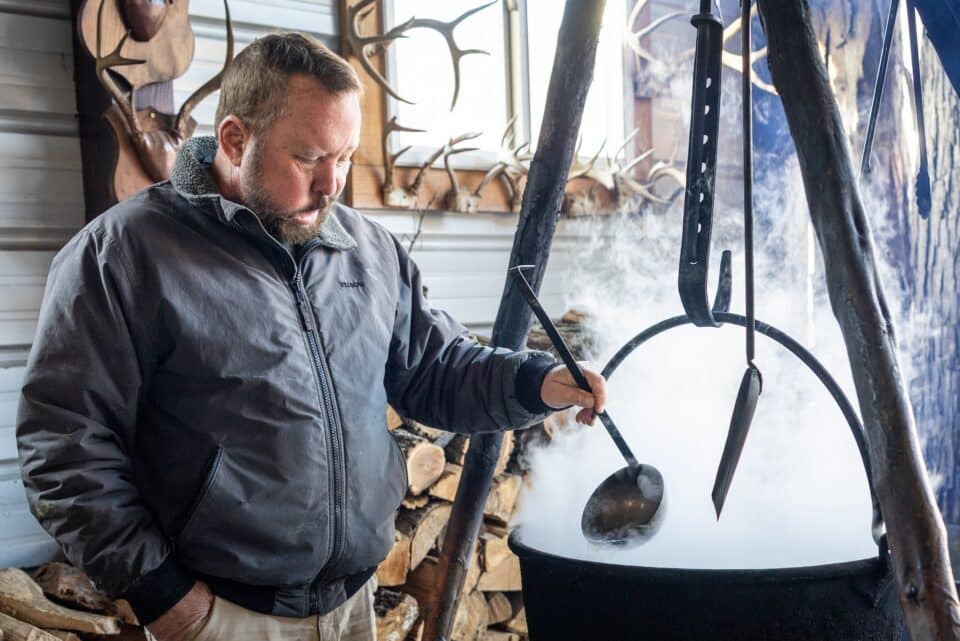

One Comment